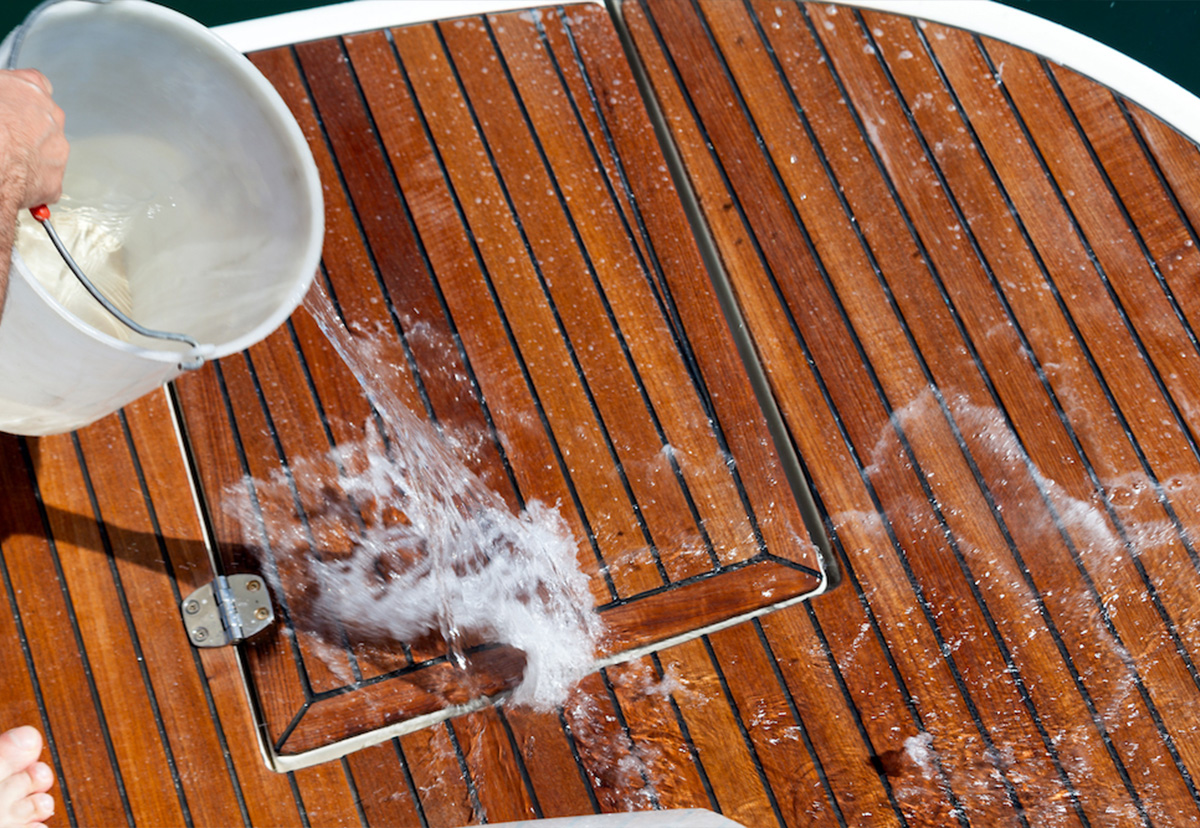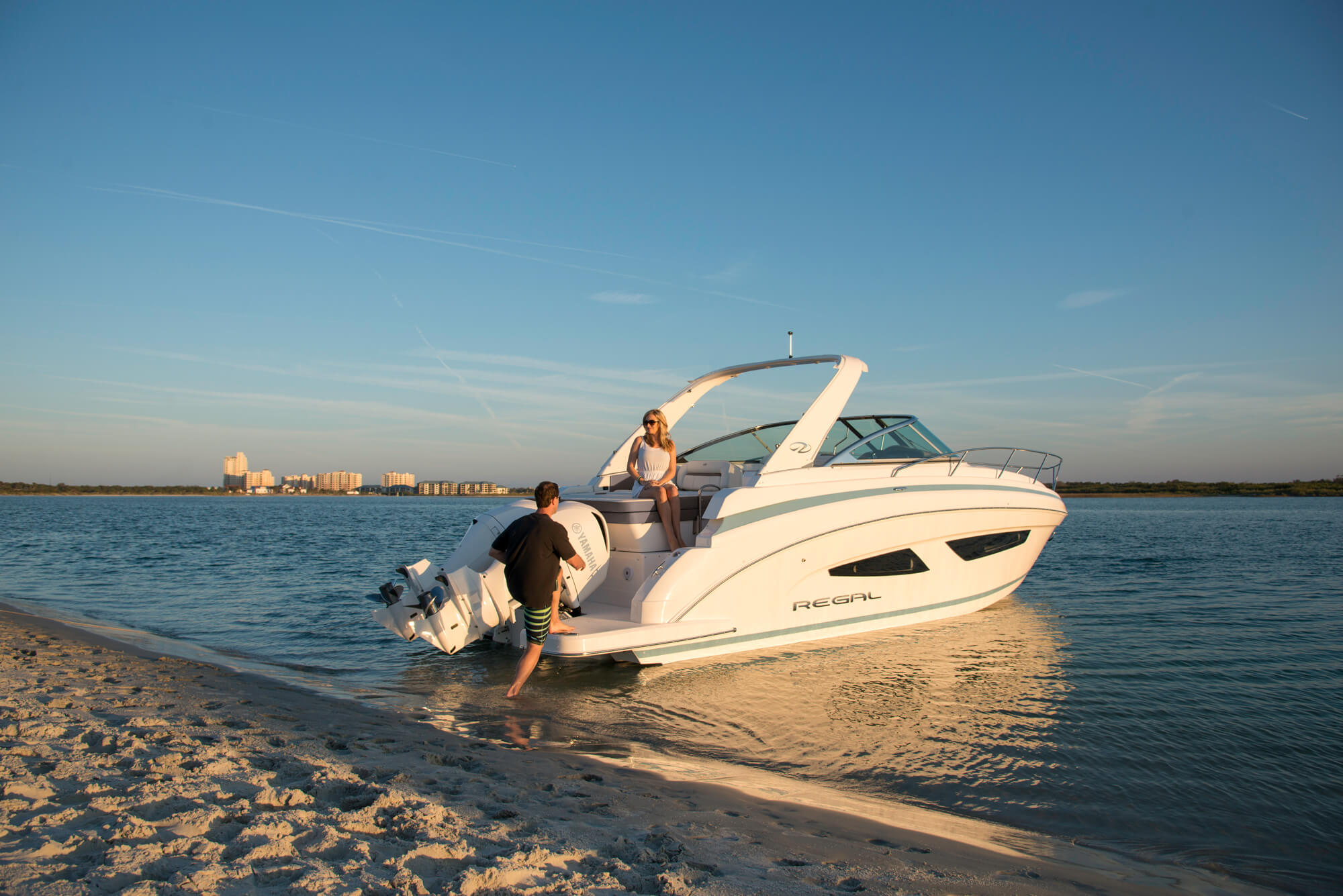Maximize Your On-the-Water Enjoyment with Spring Boating Safety Essentials
As the days grow longer and temperatures rise, boating enthusiasts are eager to return to the water for the spring season. While the excitement of spring boating is undeniable, safety should always be a top priority. In this essential guide, we’ll cover tips, gear, and best practices for spring boating safety to ensure you have a fun and secure experience in the Chesapeake Bay area.
Conduct a Thorough Spring Inspection
Before hitting the water, it’s crucial to inspect your boat for any damage or issues that may have occurred during the winter months. Check the hull for cracks or abrasions, ensure all electrical systems are functioning properly, and verify that your engine is in good working order. Don’t forget to examine your safety equipment, such as life jackets, fire extinguishers, and flares, to confirm they are in optimal condition and up to date.
Brush Up on Boating Safety Rules and Regulations
Regardless of your experience level, it’s always a good idea to refresh your memory on boating safety rules and local regulations. Familiarize yourself with navigational rules, right-of-way guidelines, and speed limits in the Chesapeake Bay area. Additionally, stay informed about any changes to local boating laws or requirements, such as licensing or registration.
Invest in Quality Safety Gear
Having the right safety gear on board is essential for a secure and enjoyable spring boating experience. Ensure you have enough properly-fitted life jackets for every passenger, and consider providing extras for guests. Other essential safety items include a first-aid kit, VHF marine radio, sound-signaling devices, throwable flotation devices, and navigation lights.
Prepare for Changing Weather Conditions
Spring weather can be unpredictable, so it’s crucial to monitor weather forecasts and be prepared for sudden changes in conditions. Pack extra layers of clothing, rain gear, and sun protection to keep you comfortable and safe in various weather scenarios. In case of an unexpected storm, familiarize yourself with safe anchoring procedures and locations in the Chesapeake Bay area.
Check Your Bilge Pump and Float Switch
Ensuring your bilge pump and float switch are functioning correctly is crucial for preventing potential flooding on your boat. Test the pump by manually activating it and verify that the float switch triggers the pump when water levels rise. Regularly inspect and clean the bilge area to prevent debris from obstructing the pump and causing it to fail.
Maintain a Proper Lookout
Maintaining a proper lookout is essential to avoid collisions and navigate safely in the busy Chesapeake Bay waters. Always have at least one person dedicated to keeping watch for other vessels, obstacles, and navigational hazards, and use your boat’s radar and other electronics to assist in maintaining situational awareness.
Educate Your Passengers
Before setting off on your spring boating adventure, make sure all passengers understand basic safety rules and emergency procedures. Inform them of the location of life jackets and other safety equipment, explain how to use the VHF radio, and designate a muster point in case of an emergency.
Conclusion
By following these tips, investing in quality safety gear, and practicing best boating safety practices, you can ensure a safe and enjoyable spring boating experience in the Chesapeake Bay area. Remember, being prepared and knowledgeable about boating safety is essential to protect yourself, your passengers, and the beautiful environment you’re exploring.


